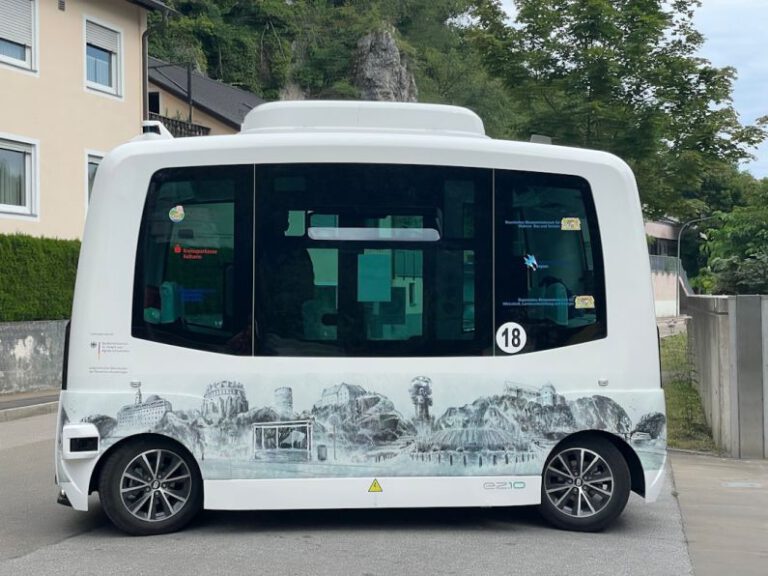The Digital Divide: Bridging the Gap in Smart City Accessibility
In today’s rapidly advancing technological landscape, the concept of smart cities has gained significant traction as urban areas strive to enhance efficiency, sustainability, and overall quality of life for their residents. Smart cities leverage digital technologies to optimize infrastructure and services, offering a myriad of benefits ranging from improved transportation systems to enhanced public safety measures. However, amidst the push towards digital transformation, a critical issue has emerged – the digital divide. This divide refers to the gap between those who have access to and can effectively utilize digital technologies, and those who do not. Bridging this gap is essential to ensure that smart cities are truly inclusive and accessible to all residents.
**The Impact of the Digital Divide on Smart City Accessibility**
The digital divide poses a significant barrier to achieving the full potential of smart cities. In urban areas where technology is deeply integrated into everyday life, those without access to digital tools and internet connectivity are at a distinct disadvantage. This lack of access can exacerbate existing social and economic inequalities, creating a divide that hinders individuals from fully participating in and benefiting from the opportunities that smart cities offer.
**Challenges in Bridging the Gap**
Addressing the digital divide in the context of smart cities presents a unique set of challenges. One of the primary obstacles is the unequal distribution of technology infrastructure and resources within urban areas. Underserved communities often lack access to high-speed internet, digital devices, and tech education, placing them at a disadvantage when it comes to engaging with smart city initiatives. Additionally, issues such as affordability, digital literacy, and language barriers further compound the challenges of bridging the digital gap.
**Strategies for Bridging the Divide**
To create truly inclusive and accessible smart cities, concerted efforts must be made to bridge the digital divide. One key strategy is to invest in expanding broadband infrastructure to underserved areas, ensuring that all residents have access to high-speed internet. Governments and private sector partners can collaborate to provide subsidies, incentives, and programs that make internet connectivity more affordable and accessible to low-income communities.
Another critical aspect of bridging the digital divide is promoting digital literacy and skills development. Education and training programs can empower individuals with the knowledge and tools needed to navigate digital technologies effectively. By offering workshops, classes, and resources that cater to diverse populations, cities can help bridge the gap and ensure that residents are equipped to participate in and benefit from smart city initiatives.
Moreover, fostering community engagement and collaboration is essential in bridging the digital divide. By involving residents in the planning and implementation of smart city projects, cities can ensure that initiatives are tailored to the needs and preferences of diverse communities. Engaging with community leaders, local organizations, and grassroots initiatives can help build trust, foster inclusivity, and ensure that the benefits of smart cities are equitably distributed.
**Empowering Inclusive Smart Cities**
In conclusion, bridging the digital divide is essential to creating truly inclusive and accessible smart cities. By addressing the challenges of unequal access, promoting digital literacy, and fostering community engagement, urban areas can empower all residents to fully participate in and benefit from the opportunities that smart cities offer. As technology continues to shape the future of urban living, it is imperative that efforts are made to ensure that no one is left behind in the digital age. Only by bridging the gap in smart city accessibility can we build a more equitable and sustainable future for all.






